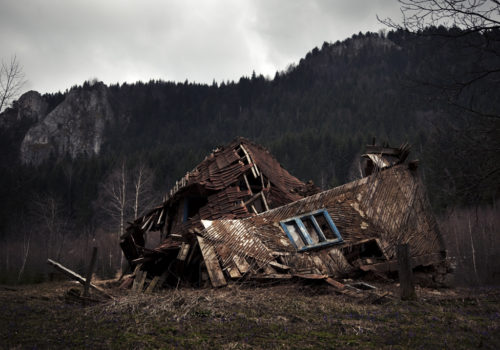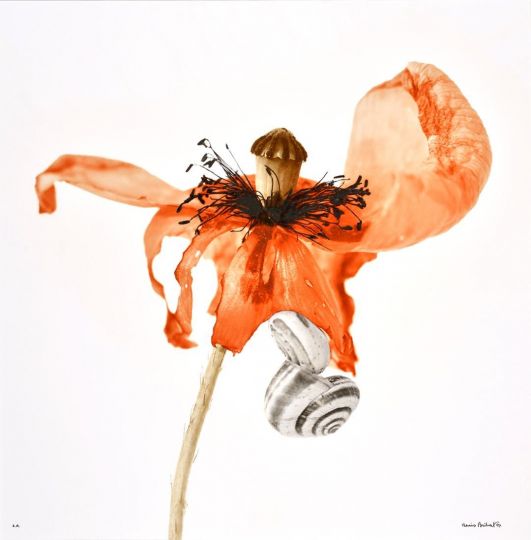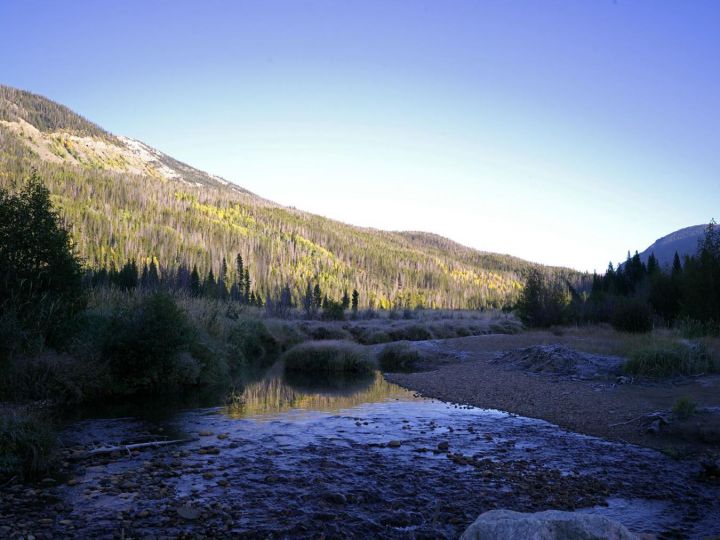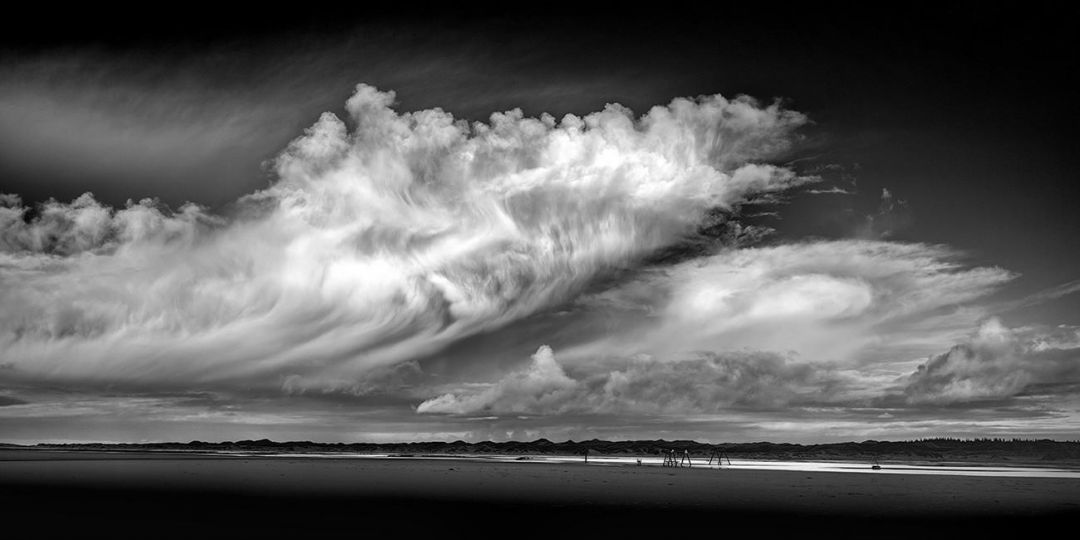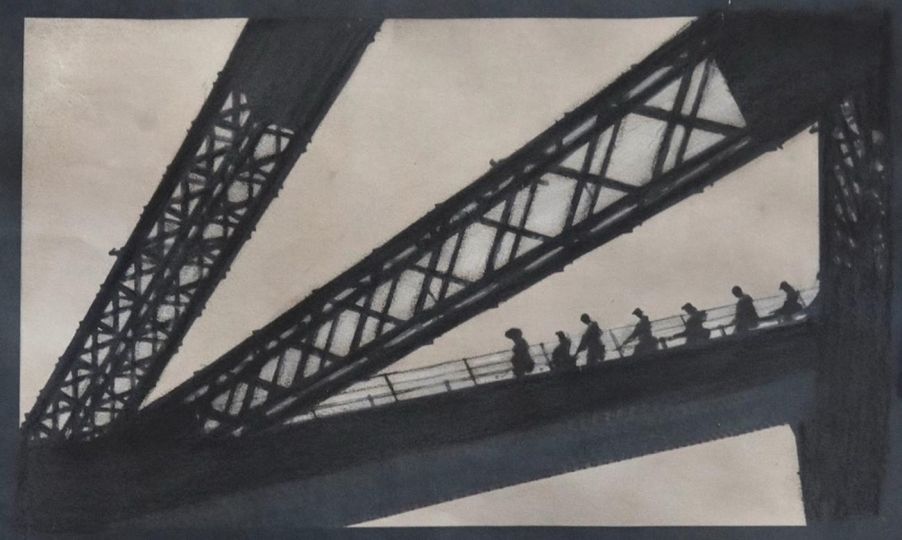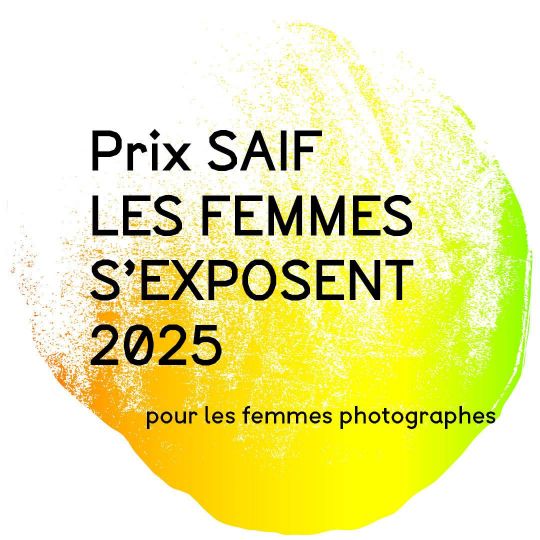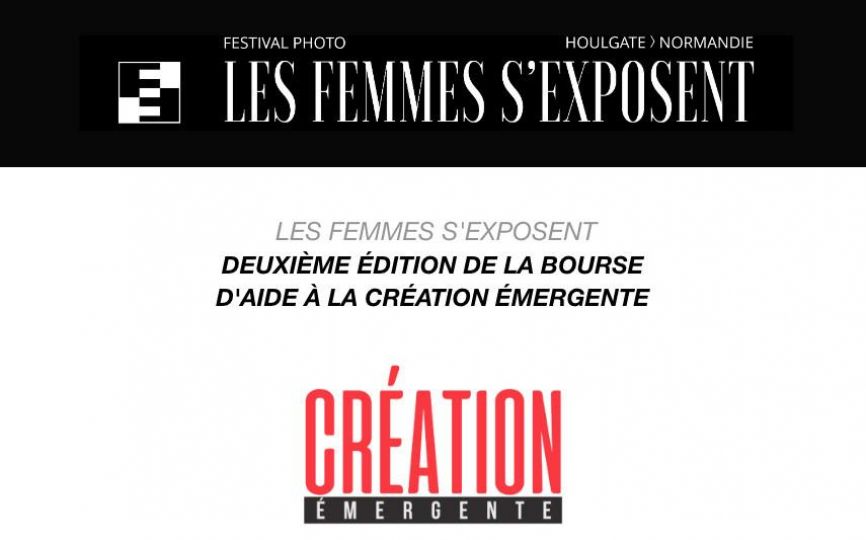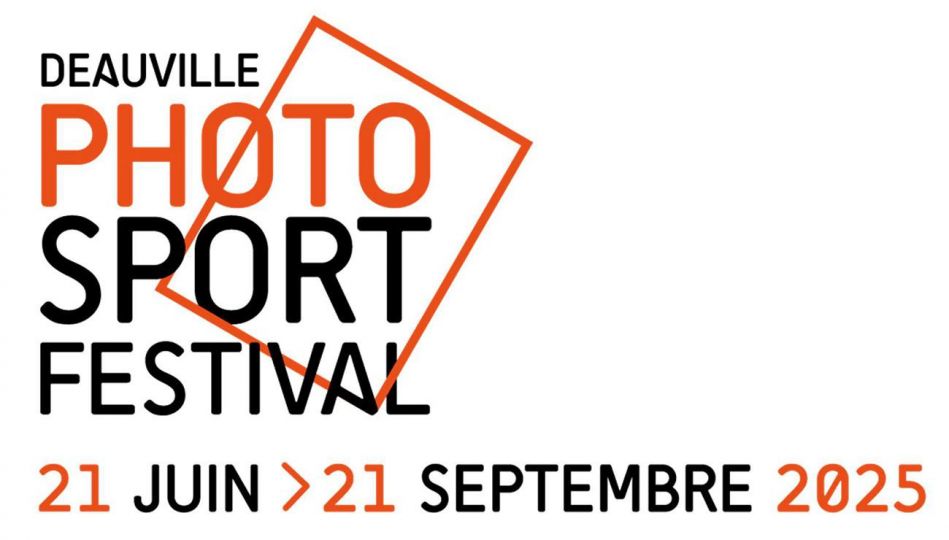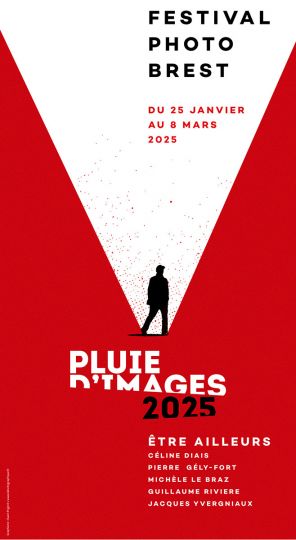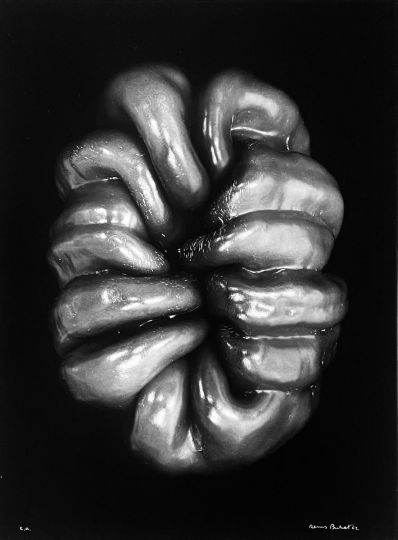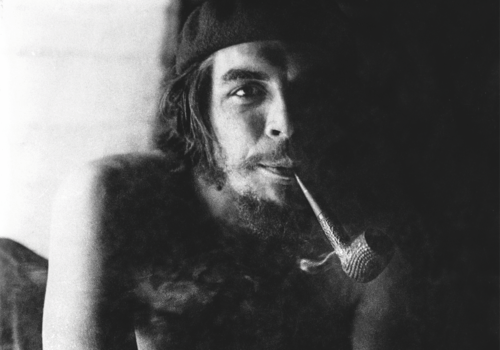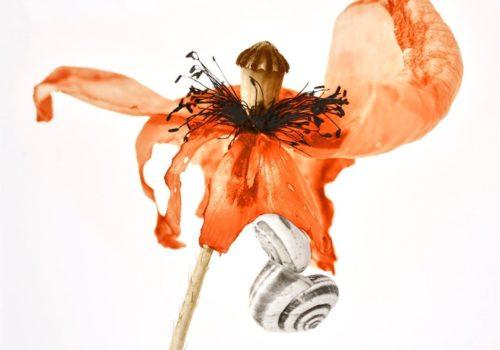The Trebevic used to be a powerful symbol of Sarajevo: considered a sacred mountain since the times of ancient Slavs, Trebević was declared a national park by Marshall Tito’s government. So close to the city, but at the same time so green and wild, during the second half of the past century it became the privileged destination for Sarajevans’ day trips. With the construction of a popular cable-car that led directly from the city centre to the top, the bond between the city and the mountain grew even stronger: Trebević used to be, literally, a part of Sarajevo. In 1984 the Olympic Winter Games took place there, an event that marked a turning-point in the town’s history, the last moment of glory before the catastrophe.
As war broke out in 1992, the mountain was occupied by Serb-Bosnian troops, becoming one of the main enclaves the city was besieged from. During the 3 and a half years of conflict, all the facilities were destroyed and today the landscape still wears the unequivocal scars of the actions that took place there. In 1995 the Dayton’s Peace Agreements froze the frontier, therefore the mountain was divided by the Boundary Line which separates the Croat-Muslim Federation from Republika Srpska.
After the war, Mount Trebević was almost completely abandoned, partly because of the presence of mine fields, partly because the main facilities for sport and leisure had been completely destroyed, but above all due to the negative symbolism of a place crossed first by the frontline, and later by an invisible but still powerful border. Nowdays Trebevic remains frozen in time, and the ruins of the old facilities wasted by the war still loom over its landscape, making it an ambiguous, ghostly territory.
Enhancing the photographic work with the methodological tools of social anthropology, the porpose of this long term project is envolved with the past and present of a forgotten place. Not just abandon but removal, in the psychological sense of the word, of a place that embodies many painful memories and all the frustrations of the present time in Bosnia Herzegovina. Some major issues are concentrated here: nostalgia for the Yugoslavian times, war traumas, reconstruction of multiple identities, visible and invisible borders and nationalism. Mount Trebević, by personifying the force of frontiers, makes visible the influence of geopolitics on people everyday life.
In that sense photographing the mountain is a challenge, that goes beyond the simple picturing of a natural heritage, the people and some old ruins.
There is a great perception of an invisible weight : there are memories still difficult to digest, a constant mourning and a persistent feeling of abandon and oblivion, of waiting and hoping. Surely the present-day Trebevic cannot be pictured without considering all that cannot be seen, all that happened in the past.
Camilla de Maffei (b.1981, Italy) graduated in Philosophy, with a thesis in Aesthetics about the representation of the invisible in Spiritualist photography. She is a freelance photographer and since 2009 has specialized in the Balkans . She has developed her long terms projects in Bosnia-Herzegovina, Macedonia, Romania investigating the concepts of limit, borders and periphery bound to the idea of political and gerographical Europe. Her work “The Visible Mountain. Sarajevo” was awarded by Conca (National Council of Culture and Arts of Catalonia) in 2010, nominated the same year by Pictet award, Voies Off Emergent (Arles), Dst Encontros da Imagem (Braga), CFD documentary photography.
EXHIBITION
The Visible Moutain. Sarajevo
Festival Les Boutographies
March 2 – 17, 2013
Pavillon Populaire
Rue Charles Amans
34000 Montpellier
France

